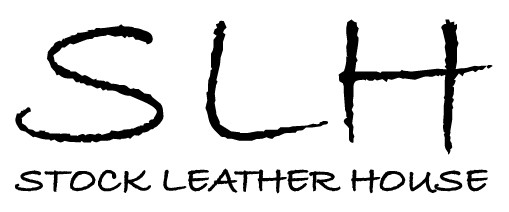Leather coatings: aniline, semi-aniline and dyed.
The leathers used for coatings, above all in the furnishings sector, are tanned in large vats with chrome salts.
Chrome tanning is preferred to vegetable tanning when the leather has to remain softer and more prepared to be coloured.
The natural signs, such as pores and wrinkles, that represent the guarantee of a prestigious hide, remain on the surface.
With great care recommended by experts, suited to the characteristics of the leather, the surface remains of optimal quality, also aesthetic, for years and the product does not need to be replaced, as often happens with fabric covers.
How can leather for coatings be finished?
To clean and take care of leather, the various types of finish must be known.
Aniline leather (or natural)
This leather has a natural aspect that is soft and breathable, it is coloured with aniline paint, non toxic, and is not treated with protective coatings. This is precisely why it quickly absorbs natural oils that immediately create a film. The surface therefore remains unchanged, requiring constant care and protection.
The leather presents grain and small natural imperfections that are visible because of the transparency of the aniline dyes.
Semi-aniline leather
Covered with a finish of light pigment to render the colour even and hide imperfections, semi-aniline leather is then covered by a protective layer to preserve it from stains and wear. The leather, however, maintains its natural aspect and the sensation of touch of the aniline hide.
Breathable and with good resistance to light, these skins are made from the best raw pieces; they are prestigious, but also easy to clean.
Pigmented leather
A base of pigments and resin is applied to the surface of the pigmented skin, which is subsequently covered by a protective film. In this manner the colour becomes opaque and even, giving the leather a less natural look.
This leather is suitable (and greatly used) for furniture, vehicle interiors and other articles that are used a lot, because it is easy to clean, resistant to light and scratches, and it can be recoloured over time.
Pull-up skin (waxed or oiled)
Part of the semi-aniline leathers, pull-up maintains a natural aspect, with sections of leather that are lighter because stretched or folded, with an aged or seasoned effect. The colour tones are visible, in the same manner as the slight natural imperfections. Pull-up leather is covered by a thin layer of protective wax and is also used for footwear.
The finish of this leather is easily exposed to scratches, that are reabsorbed with the passing of time: the aspect created is ideal for covering antique and luxury furniture, thanks to its high quality given by the full grain skin.
Polished or hand-aged leather
A type of semi-aniline leather, this one is finished by rubbing layers of aniline colouring on the full grain skin until the required result is reached, a process that can only be carried out by expert craftsmen. Protection from stains and wear is guaranteed by the addition of a coating. Being full grain leather, the natural imperfections remain visible.
Leather that is processed using this method is ideal for high range furnishings.
Nubuck leather
Full grain skin, the surface of which feels like suede (but it is more resistant), velvety and soft. Treated with a protective finish against stains and wear, this type of leather, which is still natural, is shaved, buffered and brushed delicately (this is where its soft touch comes from).
The original pattern of the grain remains visible at times. Constant maintenance is recommended for nubuck leather.
Bicast leather
Embossing is a passage of the finish where a raised design is made on the leather using notable pressure. This technique creates a finishing film on paper, which is pressed onto the leather and then removed. Embossing determines the creases and modulations of the leather, distinguishing it, and its thickness and softness remain unchanged (even with full grain leather).
The characteristics of embossed leather are resistance and an even aspect.

